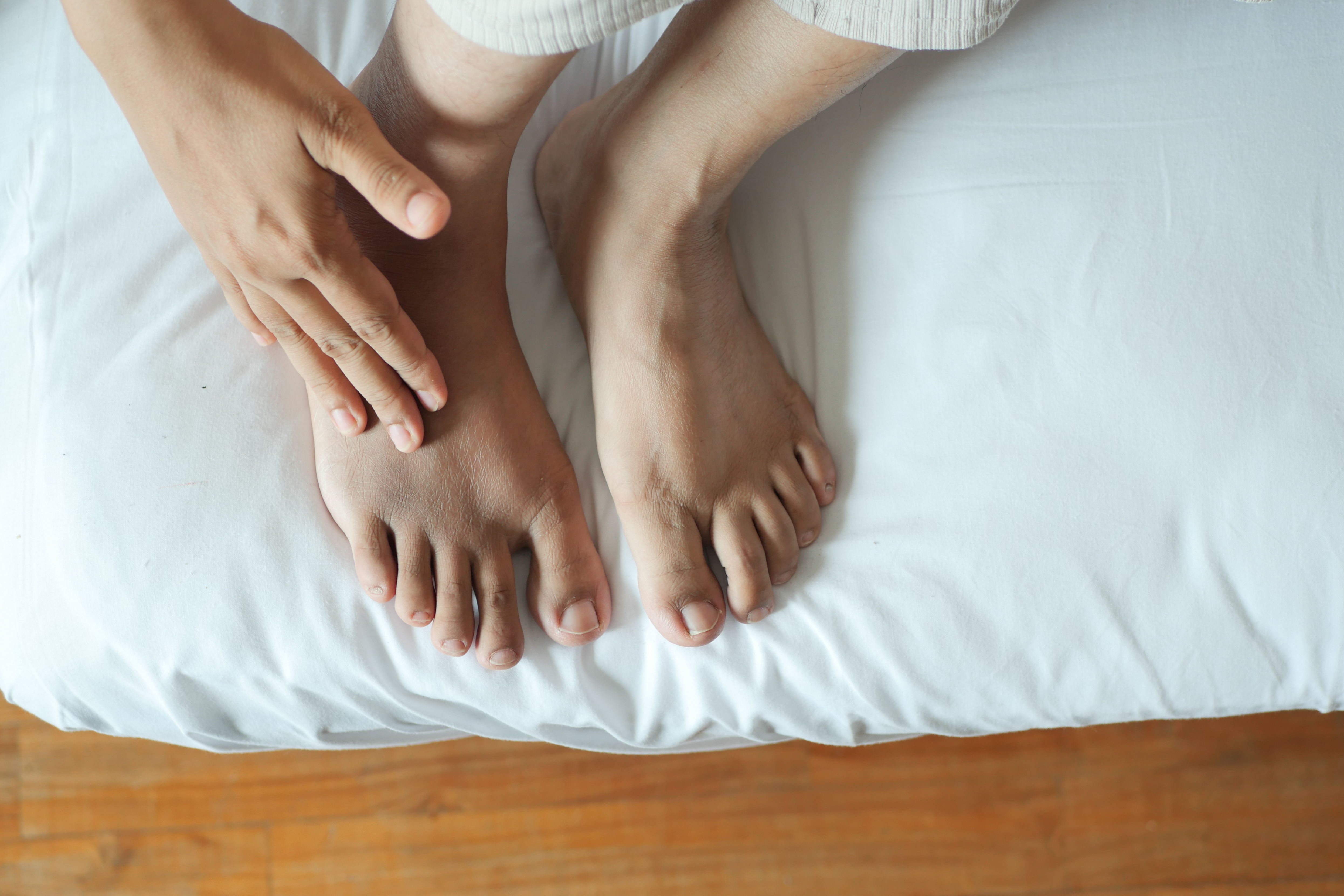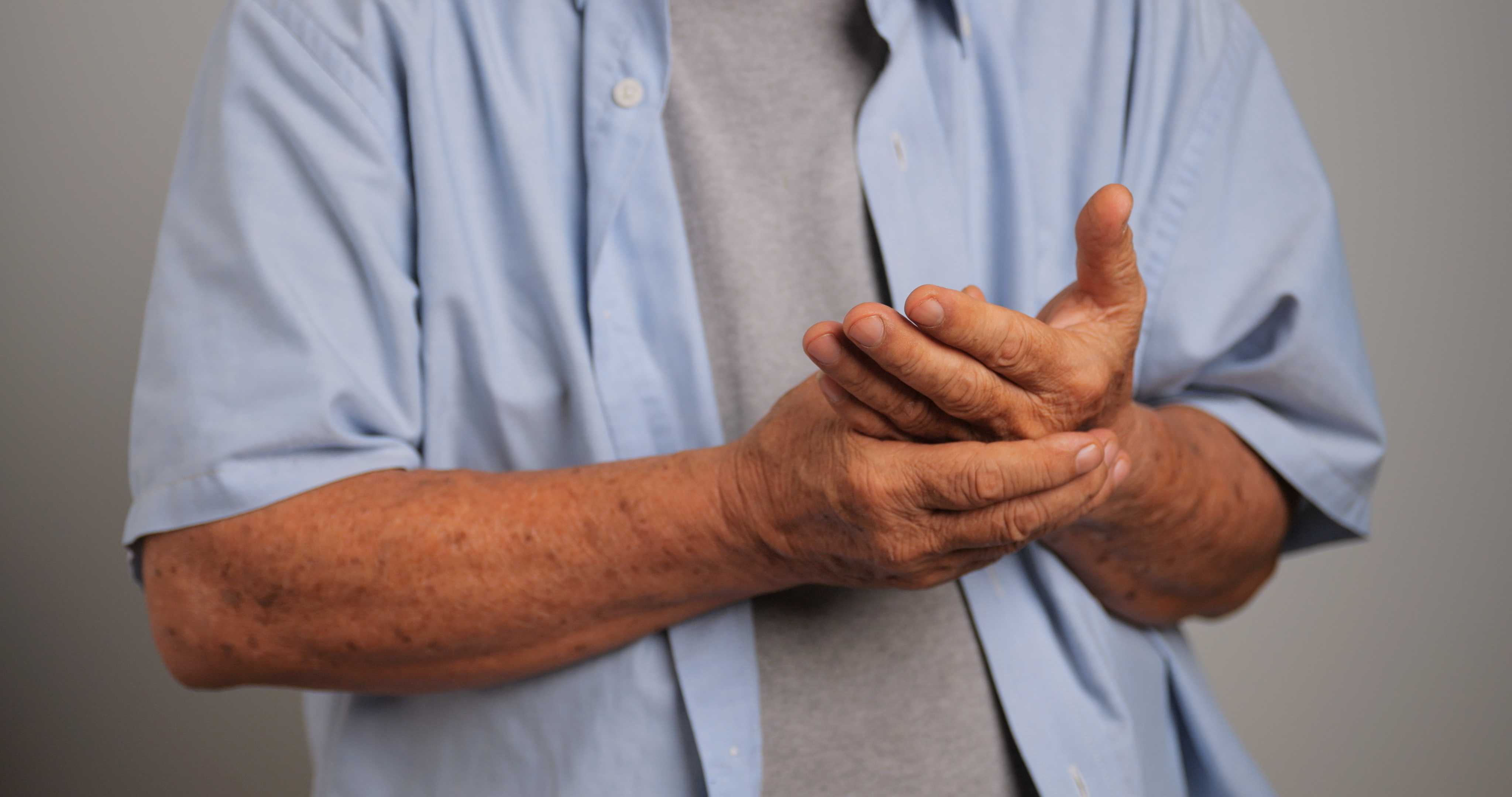12 Everyday Signs That Indicate Poor Circulation (And What to Do About It)
3. Swelling: The Hidden Accumulation

Swelling, particularly in the legs, ankles, and feet, can be a sign of poor circulation. When blood flow is restricted, fluid can accumulate in tissues, leading to swelling. This condition, known as edema, can cause discomfort and may signal underlying issues such as venous insufficiency or heart problems. Elevating the affected limbs and wearing compression stockings can help reduce swelling and improve circulation. Additionally, staying hydrated and reducing salt intake can prevent fluid retention. If swelling persists, it is important to consult a healthcare professional to rule out more serious conditions and receive appropriate treatment.
4. Numbness and Tingling: The Prickly Pointers

Numbness and tingling sensations, often described as "pins and needles," can indicate poor circulation. These sensations occur when nerves are deprived of adequate blood flow, affecting their function. While temporary numbness may result from pressure on a nerve, persistent symptoms should not be ignored. Improving circulation through regular exercise, particularly activities that promote blood flow to the extremities, can alleviate these sensations. Stretching and yoga are also beneficial for enhancing circulation and nerve health. If numbness and tingling persist, it is important to seek medical advice, as these symptoms can also indicate nerve damage or other underlying conditions.
